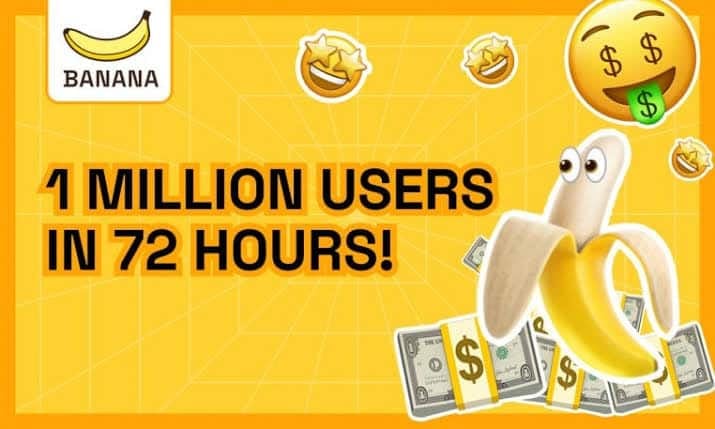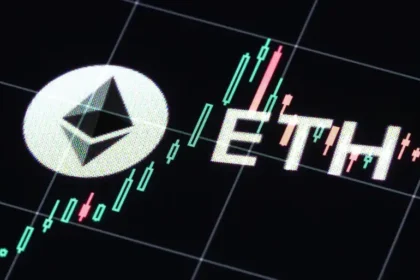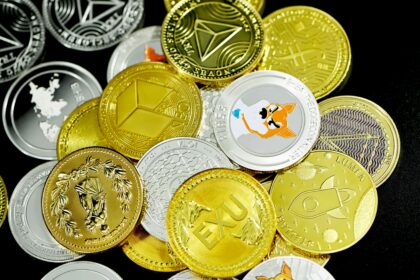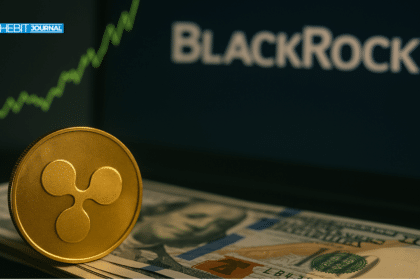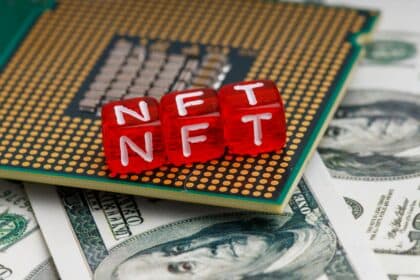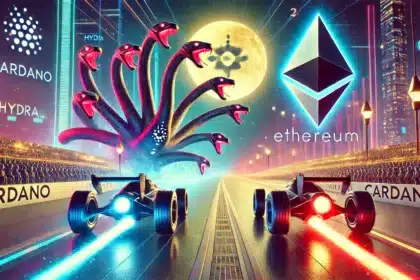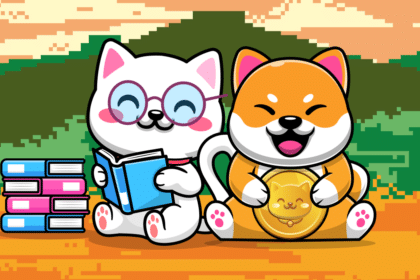The TON ecosystem celebrates a remarkable feat as the game ‘Banana’ amasses over one million players within 72 hours of its release. This milestone highlights the game’s wide appeal and significant role in promoting Web3 gaming adoption. The quick surge in Banana players underscores a growing interest in innovative gaming experiences among the TON community.
Banana has swiftly become a top choice for both Web2 and Web3 gamers. Within three days, Banana players have completed an impressive 2.9 million in-game tasks and connected 580,000 social media accounts to Banana. This rapid expansion showcases the game’s captivating nature and its ability to unite traditional and blockchain gaming audiences.
Powered by CARV, a modular data layer tailored for AI and games, Banana delivers an immersive experience where players gather different types of bananas, each with distinct qualities and rarities. The game’s mechanics are straightforward yet highly engaging: players earn points, known as Peels, by clicking on bananas. These points can be converted into USDT, offering a tangible reward for players’ participation.
Banana transcends conventional gaming by incorporating features that heighten user engagement. Players can trade their collected bananas for various rewards, including cash and points, ensuring ongoing involvement. The integration with CARV’s advanced data infrastructure and leading gaming platforms is a crucial element of CARV’s strategy, focusing on first-party game creation and ad tech innovation.
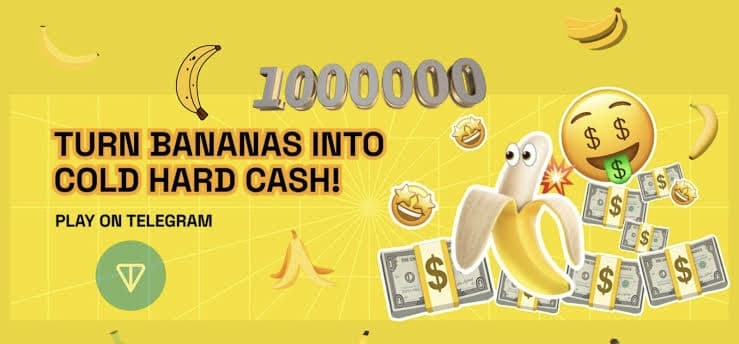
Leo, CARV’s Chief Growth Officer, emphasized the importance of this launch: “Banana’s launch is a pivotal moment for CARV’s expansion within the TON ecosystem. This underscores CARV’s role as a driving force in Web3 gaming adoption and user acquisition, introducing a novel model of play-to-earn. By introducing first-party game development and adtech capabilities, Banana not only expands our technological footprint but gives users a lifetime membership to passive income.”
Engaging Features for Banana Players
Banana offers various features to keep players engaged and rewarded. Daily banana rewards, peel prizes that differ based on banana rarity, and chances to earn more bananas through social media interactions, referrals, and tasks like binding a CARV ID are some key aspects. These features enhance the gaming experience and offer multiple ways for Banana players to earn rewards.
The game’s economy revolves around the different values and rarities of bananas, which can be exchanged for USDT and Peels. The rarest banana, the Banana Matrix, can be sold for an impressive 500 USDT. This tiered reward system constantly motivates players to achieve higher goals and collect more valuable bananas.
Additionally, Banana players can convert their in-game achievements into tangible rewards by binding and minting their CARV ID. This integration of digital and real-world rewards exemplifies Banana’s innovative approach to gaming.
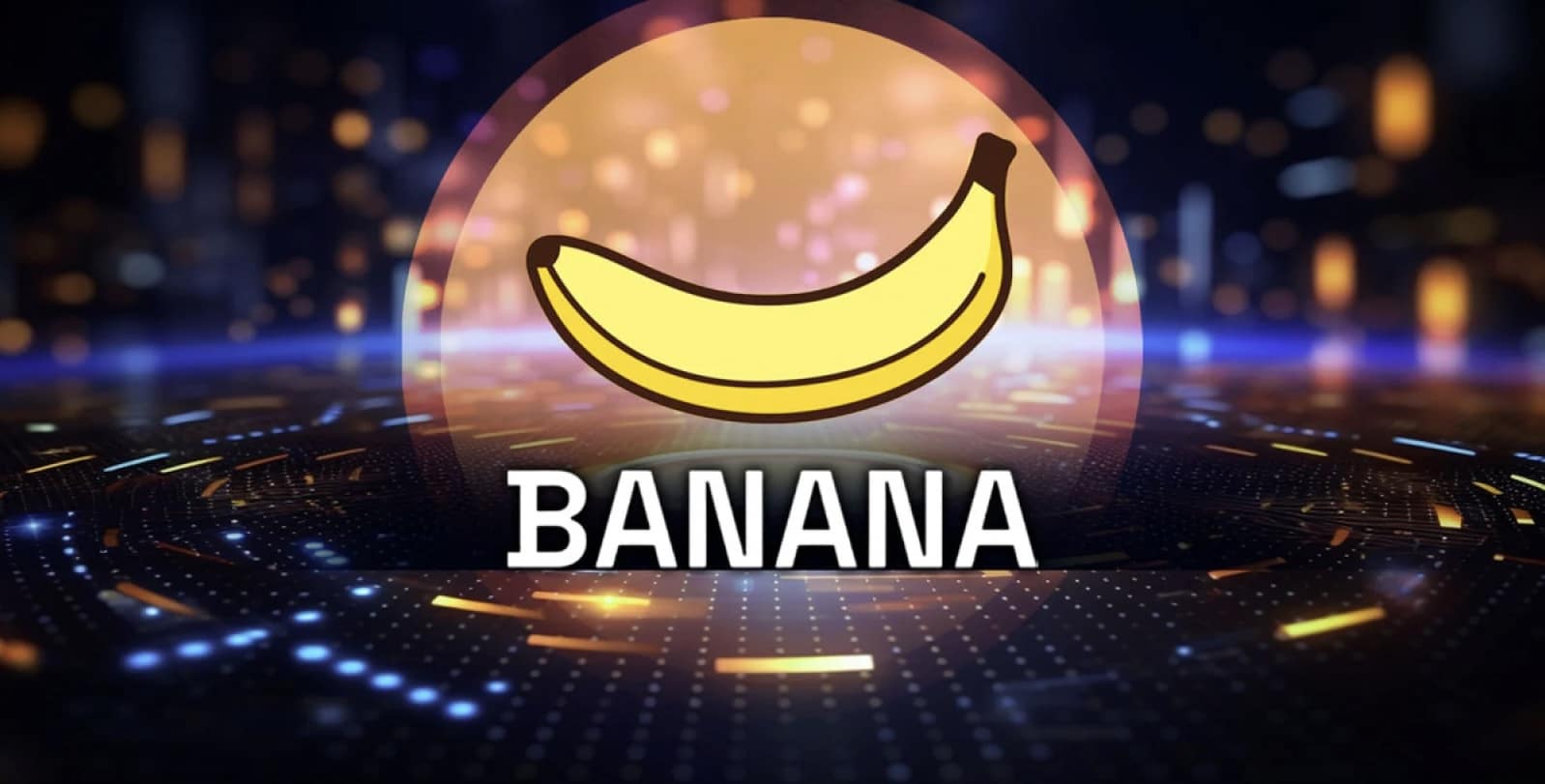
Banana’s success isn’t just in its impressive player count but also in its ability to engage some of the largest players in the TON ecosystem. By offering a unique mix of entertainment and real rewards, the game has captivated a broad audience.
The support from the TON ecosystem for Banana highlights the community’s collaborative efforts to advance Web3 gaming. The game’s rapid adoption is a testament to blockchain technology’s potential to revolutionize the gaming industry, providing new opportunities for developers and players alike.
For those interested in joining the Banana players, the game is available here, providing an easy entry into the world of Web3 gaming and the opportunity to start earning rewards immediately.
The achievement of Banana reaching one million players within 72 hours marks a significant milestone for the TON ecosystem and the broader Web3 gaming community. With its engaging gameplay, innovative reward system, and CARV’s advanced data infrastructure support, Banana is poised to continue attracting players and driving blockchain-based gaming adoption.
For more updates on the cryptocurrency industry, stay tuned to The BIT Journal.



